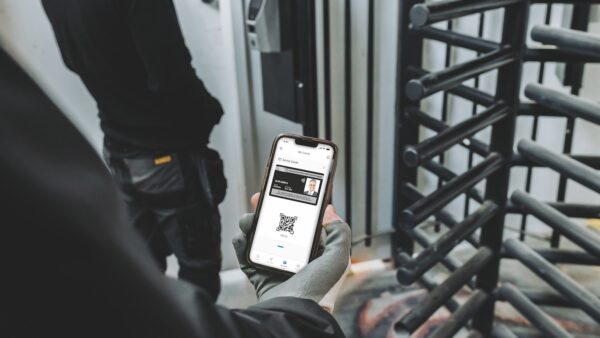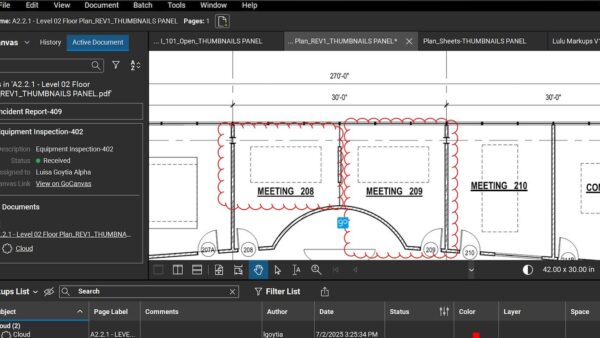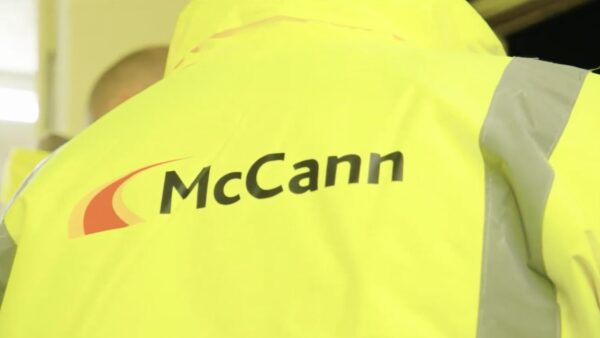GenieBelt, project management software for construction contractors that runs over smartphones and describes itself as offering Level 1 BIM, is to be the subject of a report by a Danish government agency that hopes to establish whether it can cut construction costs there by 5%.
The Danish government’s Market Development Fund is supporting the research project with funding of €700,000.
The research will be carried out by GenieBelt, consulting engineer Balslev, the Danish Building Research Institute and several subcontractors and other stakeholders, to show how costs and delays in building projects can ultimately be reduced by 5-7%.
The project was instigated after the chief executive of Danish contractor Juul & Nielsen A/S – which is currently using GenieBelt on the construction of The Maersk Building in Copenhagen – went public with expected 2% savings on the project because of GenieBelt.
But Gari Nickson, GenieBelt’s Denmark-based British chief executive, says that the background to the project also includes a recent history of major publicly-funded projects in Denmark going over budget and beyond programme.
Nickson told BIM+: “Denmark is known for all the cool stuff, but we still have our problems. We design great buildings, but the problems still exist – it’s a fragmented industry, a bunch of companies come together to work on a project and then disband.”
As Nickson describes, GenieBelt is an affordable IT platform that allows documents and drawings to be shared instantly, with project participants accessing the data via their smartphones. It also offers document and drawing management functions.
Nickson says it has already been used on 3,500 projects in Denmark, mainly for small-to-medium-sized contractors and projects. “The amount of people still using Dropbox is unbelievable. GenieBelt sits above that [as a collaboration platform] but it’s not like 4Projects or Union Square. For many people, full BIM is overkill,” he comments.
As well as the UK, where it currently has around 1,600 users and is being deployed on 2,000 projects, GenieBelt has also opened offices in Brazil, Poland, Canada and Hong Kong.
Nickson says: “The issues you come across are not so different from country to country. But we are very much looking to expand in the UK – it’s a great market. We know that we can solve problems when see people using Dropbox”
However, he added that GenieBelt would only move to Level 2 BIM capability if there was demonstrable market demand for this.
Consulting engineering firm Balslev will be deploying GenieBelt itself during the research trials. Peter Voigt Albertsen, head consultant at the firm, said: “Way too often, and like many others, we experience how errors and delays on projects happen because of bad communication between stakeholders in a construction project, so we expect to see improvements in efficiency and productivity on the test projects.”
The Danish Building Research Institute will document the outcomes of the project. Senior scientist Niels Haldor Berthelsen said: “Consultants, contractors and other construction stakeholders need to be more efficient, and that is an area where digital data has a big influence. GenieBelt streamlines the way which data is being interpreted, and can help develop the construction industry as a whole.”

Denmark is known for all the cool stuff, but we still have our problems. We design great buildings, but the problems still exist – it’s a fragmented industry, a bunch of companies come together to work on a project and then disband.– Gari Nickson, GenieBelt














